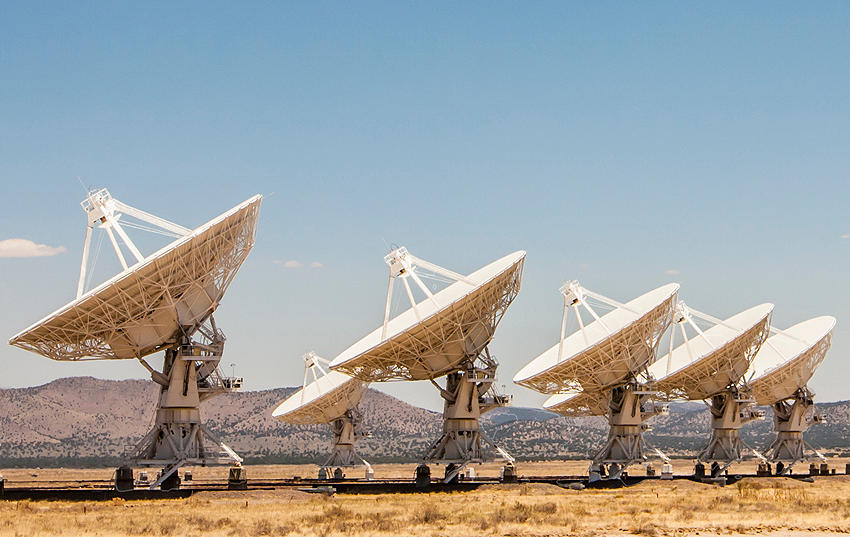
Back in 2021, $17 billion was invested into the NewSpace economy, led by a number of special-purpose acquisition companies (SPACs) such as Momentus and Astra. By 2022, funding fell before affirmation of satellites’ value in mission-critical situations drove a resurgence in investments activities in the closing months of the year. Some of the notable investors during this time include Andreesen Horowitz, Bessemer Venture Partners, and Airbus Ventures.
In part 1, we covered some of the infrastructure segments at play, in addition to cost-cutting technological innovations that are revolutionizing their respective industries. In the final installment of this two-part series, we look at the key satellite providers, space datacenter vendors and some of the notable NewSpace application providers.
Satellite infrastructure
Satellite service providers in the infrastructure segment own and operate constellations of satellites. These satellites can be fully operated by the providers or offered as platforms for third-party application services. There are four main subsegments: communication satellites, IoT satellites, earth observation satellites, and navigation satellites. The fifth segment is emerging with the advent of data centers in space.
Communication satellites providers
Well-known operators such as EchoStar Corp., Eutelsat S.A., SES S.A., and Telesat maintain the traditional telecommunication satellite network, providing video and data connectivity to broadcast, content, and internet service providers. In addition, communication satellite providers open up their satellite infrastructure to IoT application providers to support new use cases. With satellites becoming increasingly software-defined, operators can offer narrowband solutions alongside their core broadband offering. Newer players such as Sateliot and OneWeb seek to build out their global coverage of 5G communication.
Earth observation satellites
Earth observation satellites capture images of the earth’s surface and analyze them. Typically operating in medium earth orbit, earth observation satellites capture data which can help customers make data-driven decisions to address time-critical challenges and use cases such as border security, flood monitoring, and oil spill clean-up. Iceye, a startup, offers persistent monitoring of any location on Earth through its SAR satellites, primarily focusing on climate risk. Other players in this field include Absolute Sensing, Airbus (Pleiades Neo) and EchoStar.
IoT satellites
IoT satellites provide cheaper data communication than broadband satellites, and they frequently use LoRa or NB-IoT connectivity. These satellites operate in low earth orbit and have limited payload capacity, making them suitable for asset tracking and monitoring, specifically living assets such as wildlife and livestock. For example, France’s Kinéis offer a proprietary communication protocol. A few other players in this field include AT&T, Astrocast, Fleet Space, NuSpace and Photonicity.
Navigation satellites
Navigation satellites provides information on location and time globally through satellite navigation. These systems are commonly used for navigation by ships, aircraft, and land vehicles, as well as for location-based services on mobile devices. Examples of commonly used navigation satellite systems include global positioning system (GPS) operated by the U.S., GLONASS operated by Russia, Galileo operated by the European Union, and BeiDou operated by China.
Commercial navigation satellite providers include Aireon, Skylark and Quantum Space.
Space datacenters
Earth observation satellites capture high-density images of remote locations such as oceans and deserts that do not change daily however sending all the data to earth for analysis would require sending terabytes of data. Extraterrestrial compute power can support the primary workload, leading to a rise in demand for space-edge compute capacity. Hewlett Packard Enterprise (HPE) was the first to provide servers in space, testing its data center in the International Space Station in 2019.
NewSpace application providers
Instead of operating their own satellite infrastructure, application providers offer services that are hosted on third-party satellites. Dutch company Hiber started with the plans of launching its constellation of nanosatellites but later switched to using third-party satellites due to the difficulty of operating a LEO constellation. Other incumbents, such as Hummingbird Technologies, are offering data analytics or asset tracking services using third-party satellites. The company provides a SaaS-based platform offering detailed weather and soil analysis for its customers in agriculture by utilizing open-source SAR data from ESA’s Sentinel 1 and Sentinel 2 satellites, providing key metrics to improve regenerative agriculture principles.
Do you have your finger on the pulse of tech trends? Join the 451 Alliance for exclusive research content on industry-wide IT advancements. Do I qualify?

